How to set up your American iPhone when traveling in Europe to avoid a billing “surprise”

So, you’re planning to use your smartphone during your upcoming trip to Europe. Great. But how can you ensure that you’re not going to accidentally blow through all of your data and come home to a $800 bill from your carrier?
For starters — read through our guide!
Using data? Get a plan.
If you’re an AT&T, Verizon or T-Mobile/Sprint iPhone customer and are planning, at any point during your trip, to use a data network to access the web or use emails, you are strongly advised to get some sort of plan (unless you plan to buy a SIM card in Europe for your phone). Otherwise, it will cost you. (AT&T, for example, charges a hefty $2 per MB without a plan. Sure, that sounds like pennies, but it gets ugly quickly!)
Click through to read more about international data and phone plans for AT&T customers and for Verizon customers.
Sprint customers should first call the carrier to activate your phones for international roaming (and to make sure that your specific device will even work in the countries you’re visiting). You could then sign up for Sprint’s underwhelming international options, including their “Global Roaming” package that lowers per-minute charges for phone calls to $0.25 per minute. Data packages run $5 to $10 per day or $25 to $50 per week, depending on your destination. Note that Sprint is now part of T-Mobile as of 2020, but still currently offers its own plans and rates.
T-Mobile customers who have signed up for one of the carrier’s “Magenta” plans are in much better shape, as the carrier offers free text messaging and data use throughout Europe and phone calls for $.25 per minute. Note that T-Mobile does not have individual plans for international use. Instead, its usual “Magenta” or “Magenta Max” plans are suitable for using abroad for data, texts, and calls and are already set for international roaming.
If you are a T-Mobile customer with a Magenta plan, congrats. You don’t really need to follow the rest of this article or change the way that your phone is set up. Just know that those phone calls will be billed at an additional $0.25 per minute.
How much data do you need?
Let’s imagine that you’ve signed up a plan that comes with 1 GB of data, unlimited texting, and phone calls at $0.35 per minute. What exactly does 1 GB represent?
As I mention in this post, here are some data use estimates:
• Sending or receiving an email (without attachment): Approx. 20 KB per email; (with attachment) Approx. 300 KB per email
• Loading 1 webpage: 1 MB per page
• Streaming music: 500 KB / minute (30 MB / hour)
• Streaming video (standard quality): 2 MB / minute
I’m going to assume that we’re all steering clear of streaming music and video while traveling (when not connected to Wi-Fi), and that your data use primarily consists of checking emails, using Google Maps and pulling up an occasional web page.
If you just stick to emails (and don’t open any large attachments), you could download or send thousands of normal-sized emails with the 1 GB plan! That’s, um, quite enough for me (especially while on vacation!).
But hey, everyone’s data needs are different. Check out AT&Ts handy data calculator to estimate how much data you require. This is especially handy if you plan to browse the web or (heaven forbid!) fire up your apps.
How to set up your iPhone for international travel
Okay, you’re ready to configure your phone. The following is how I set up my iPhone 5. Note that new phone models may have different locations for some of the settings listed below. A bit of detective work may be required to find them.
Also, please note: Buying a European SIM card for your phone or an unlocked phone you purchase for travel is a relatively simple and cheaper alternative to all of this. Be sure to read our guide to this option, as well.

1. Turn off data roaming.
First things first. Turn off your data roaming to stop your phone from hooking up with a data network while traveling.
Chances are your carrier doesn’t operate cell towers in the country you’re visiting. Thus, if you need to access a data network, your phone will need to roam around and find a network with which it can work. By turning this off, you’re effectively blocking your phone from joining these partner networks.
Note: When you do want to use your data plan and access these data networks, you’ll flip this button back on. But remember, as a default, it’s best to keep this off.
Go to: Settings > Cellular > Data Roaming. Turn off.
(To make it easy, the iPhone even says “Turn data roaming off when traveling to avoid charges when web browsing and using email and other data services.”)
 2. Turn off Cellular Data.
2. Turn off Cellular Data.
When I’m traveling in Europe, I usually turn off my cellular data, as well. Even if I’ve been assured many times by AT&T that I only need to turn off Data Roaming, I still turn off cellular data, just to make sure that my phone is blocked from using data until I want it to use data. (Apple also suggests turning both off when traveling abroad.)
By turning off your cellular data, you effectively block your phone from accessing all data networks, restricting its use to placing calls and sending SMS text messages, although you can use all of your other features (apps, email, Internet, iMessage) when you connect it to a Wi-Fi network.
Note that if you flip the order of #1 and #2 here, turning off your cellular data first, your data roaming will also turn off. You can’t roam for data if you’ve already turned off your phone’s access to data.
As with data roaming, if you want to use your data package, you’ll need to turn cellular data back on, then turn on data roaming.
Go to: Settings > Cellular > Cellular Data. Turn off. (Note that “Enable LTE” will also disappear as soon as you turn off Cellular Data.)
 3. Cut off your apps’ cellular data connection.
3. Cut off your apps’ cellular data connection.
Your apps can’t work without a data connection or a Wi-Fi network. Even so, you should go in through your cellular settings and manually turn your apps off to prevent them from hogging your data plan.
But wait, if you’re planning to already turn off your cellular data (by following the two previous steps), isn’t this a bit redundant? Not necessarily.
Don’t forget that many of us allow our apps to send us push notifications and to run on their own in the background. If you keep all of them activated, the moment that you turn on your data roaming in Paris to check your emails, they could kick into gear, tearing through your data allotment.
To prevent this, take a moment to scroll through your list of apps and turn off their data connection, one by one. (Note that you’ll need to do this prior to turning off your cellular data, as turning off your cellular data makes these buttons inaccessible.)
Once these apps have had their cellular data access turned off, they will still be usable over a Wi-Fi network. If you wish to use cellular data for these apps (for example, using Google Maps over cellular data, which I do all the time from abroad), simply turn them back on when you need them!
Go to: Settings > Cellular > Use Cellular Data For. Turn off apps, one by one.
 4. Reset your statistics and monitor your data usage.
4. Reset your statistics and monitor your data usage.
This one is fun and essential. At the very bottom of the “Cellular” page is a simple little link that states, “Reset Statistics”. Once you’ve arrived abroad, click this link and start tracking your international data usage. You’ll see your total data usage and your telephone usage at the top of the “Cellular” page (under “Cellular Data Usage”).
Keep track of your usage here and you shouldn’t come home to any unpleasant billing surprises, especially if you’ve purchased the right data package for your trip.
The only hiccup with this, unfortunately, is that the stats aren’t always totally up-to-date. It turns out that AT&T can have delays in reporting international data usage (as international carriers are actually providing you with the network and then, later, reporting it back to AT&T). I’d suggest erring on the side of caution here.
Go to: Settings > Cellular > Reset Statistics. Click it.
 5. Turn “Fetch New Data” to “Manual” to stop automatic email downloads.
5. Turn “Fetch New Data” to “Manual” to stop automatic email downloads.
When I’m traveling, I also turn off my phone’s ability to automatically check and download emails. Even if my data roaming is almost always set to “off” (preventing me from accessing emails), I still don’t like my phone automatically fetching anything the moment I turn the data roaming to “on”.
Go to: Setting > Mail, Contacts, Calendars > Fetch New Data. Switch “Push” to “Off” and click “Manually” at the bottom of the screen under “Fetch”.
Once switched to “Manually”, you’ll be able to check and send emails by turning on your data roaming and cellular data, then opening your mail program. Simple.
 6. Turn off iMessage.
6. Turn off iMessage.
This one drives me crazy. iMessage has made it quick and easy to send messages to other iMessage users on Apple devices over a Wi-Fi network without being charged for sending a text. That’s great, but iMessage uses a Wi-Fi network to send and receive your messages, so if you’re not connected to Wi-Fi, it won’t work. Your message will just sit out there, and not get delivered until you connect to Wi-Fi.
The solution? I choose to send old fashioned text messages (through SMS) when traveling. AT&T’s $30 “Passport” package includes unlimited SMS texting, so these texts don’t cost me anything extra to send.
To force your phone to turn off iMessage, go to: Settings > Messages > iMessage. Turn off
Note that you might still encounter iMessage problems, even with it turned off. Others might send you an iMessage, but it won’t be delivered until you connect to a Wi-Fi network. When I’m traveling and expecting a text from a friend and suspect that iMessage is to blame, I sometimes send them a text to say, “If you’re trying to text me, make sure your iMessage is turned off!”
Call home for pennies (or free) with the Skype iPhone app.
7. Paranoid? Put your phone in airplane mode.
If you’ve followed the steps above, you’ve now turned off your data roaming, cellular data, apps and email from running in the background. What’s still working?
Well, for starters, your phone! You will now still be able to make and receive telephone calls (provided that you’ve called your carrier and have activated your phone for international use). You will also be able to send and receive regular old SMS text messages (if you’ve turned off iMessage).
However, this might still make you uncomfortable. Perhaps you don’t want people to be able to get in touch with you. (Don’t forget that you’ll be charged for incoming calls and for listening to your voicemail.)
If this is you (and it was me for many years, so there’s no shame), you can place your phone in “airplane mode” and simply rely upon Wi-Fi networks to use the web, send emails, and use apps. This is a great solution if you want to place calls through your Skype app, for example, and never want to pay for a call.
Traveling through Europe on airplane mode does offer peace of mind, as it takes away any insecurity that your phone is secretly drinking up your data plan. However, it can also feel quite limiting, as you won’t be able to send and receive text messages in real time (except through iMessage or Facebook Messenger when you’re connected to a Wi-Fi network), or place standard phone calls.
If this is for you, go to: Settings > Airplane Mode. Turn on.
If using your phone in Airplane Mode, note that you’ll need to then switch “Wi-Fi” to “On” and choose a Wi-Fi network.
Also in our Guide to using an American iPhone in Europe
Note: This article was updated in October 2021 with extensive new information.
How to Make Your iPhone Faster: 6 Little-Known Tricks (2022)
Is your iPhone running slow? Before you rush out to buy a new one, try these tips to speed up your iPhone.

You may notice your older iPhone running slow after a while, but these tips can help make even your slow iPhone 8 or iPhone X faster. This is a good post to bookmark and reference whenever your iPhone slows down too much. The next time you need to speed up your iPhone, try these six little-known tricks to make your iPhone faster.
How to Make Your iPhone Run Faster
There’s a lot of general debate as to whether or not memory-boosting tips and tricks actually work to make the iPhone faster. But I’m going to let you decide for yourself. A tip I see often that I will not include in my list is to stop updating your iOS (and apps) to fix an iPhone running slow. Updating to the latest iOS may change how a device behaves on a case-by-case basis, but important security updates are a good reason to continue to update. If your iPhone is slow after an update, these tips can help. Now that I’ve made my spiel, check out these tricks to make your iPhone faster.
1. Close All Nonessential Apps
This is the most popular and debatable memory tip for how to make your phone faster. In my battery-saving tips roundup, I told everyone to forget closing apps all the dang time, because it uses up your battery. But those background apps (whether refreshing or not) do take up iPhone memory. The middle-ground viewpoint to both save on battery and memory is to close all nonessential apps but leave open the ones you consistently return to throughout the day. That way, your iPhone will use less battery opening up those essential apps and save on memory when you close out a game you’re finished playing, or a social media feed you don’t need to check again for a while. To do this, open the app switcher and swipe up to close out any nonessential apps.
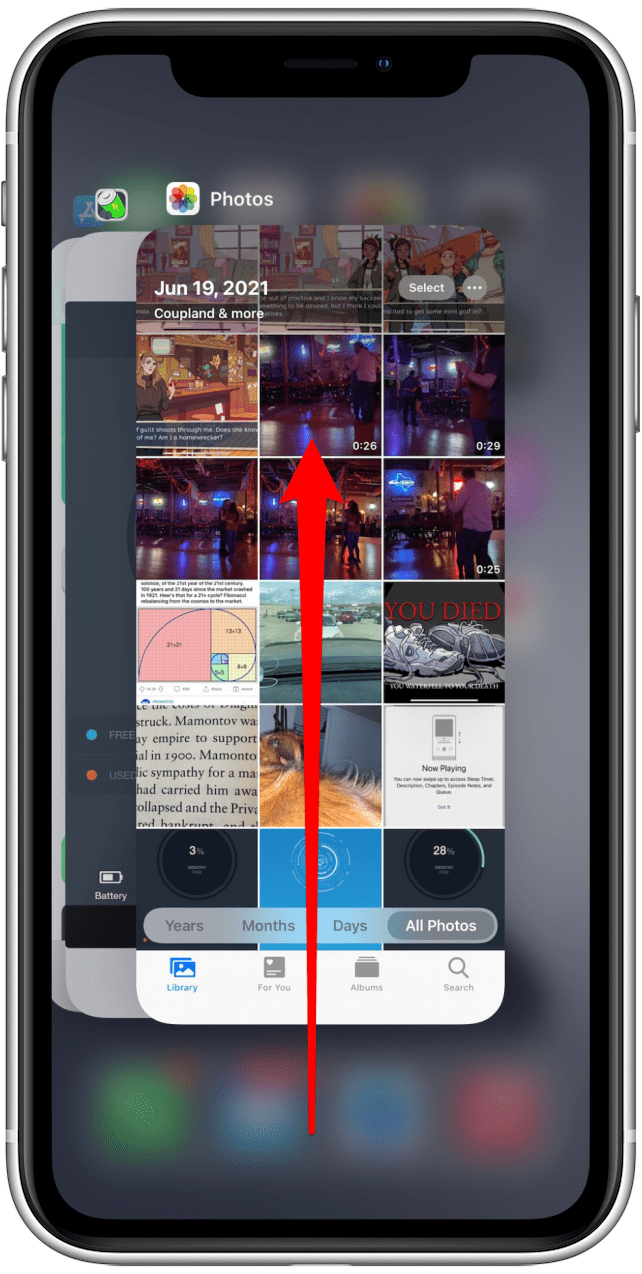
To learn more about managing your apps with the app switcher, check out our Tip of the Day newsletter.
2. Fix Your Slow Phone with the iPhone Restart Trick
This isn’t the same as simply restarting your iPhone or powering it down. For whatever reason, this is the specific method for clearing your iPhone’s RAM. To do this, follow the steps for your iPhone model in the article linked above until your screen goes black and then pops back up. Before you try this tip, make sure you have closed all your unused apps per the above tip: if you leave a lot of apps open, your iPhone will reopen them when it reboots, which takes up a lot of memory.
3. Make Your iPhone Faster by Clearing Safari Cookies & Data
It’s good to note that doing this will mean Safari won’t suggest URLs when typing unless they’re bookmarked. Some websites may also forget certain preferences and you will have to log in to your online accounts again, but it’s generally good practice to clear your cookies and data every now and again regardless.
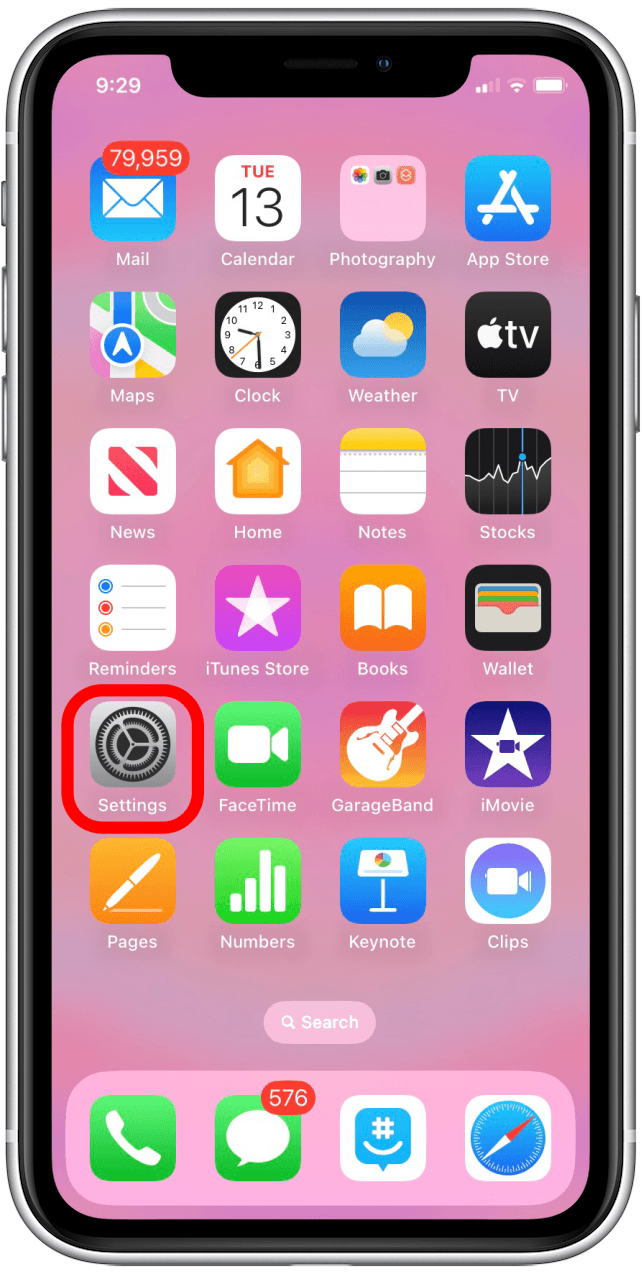
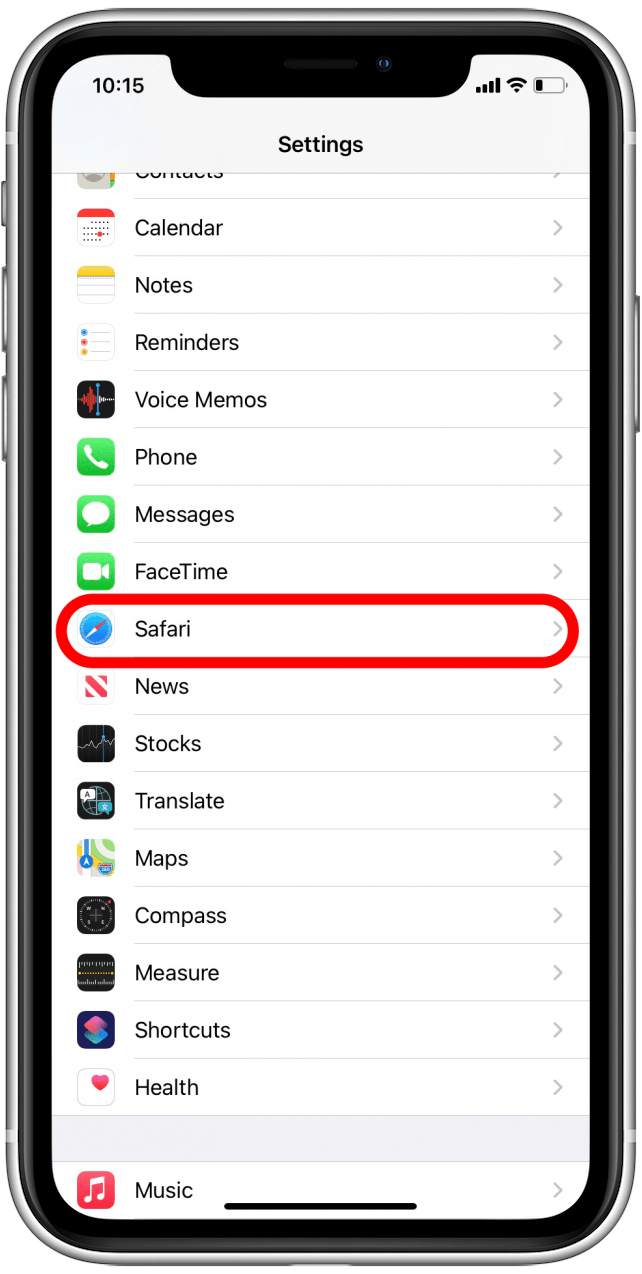
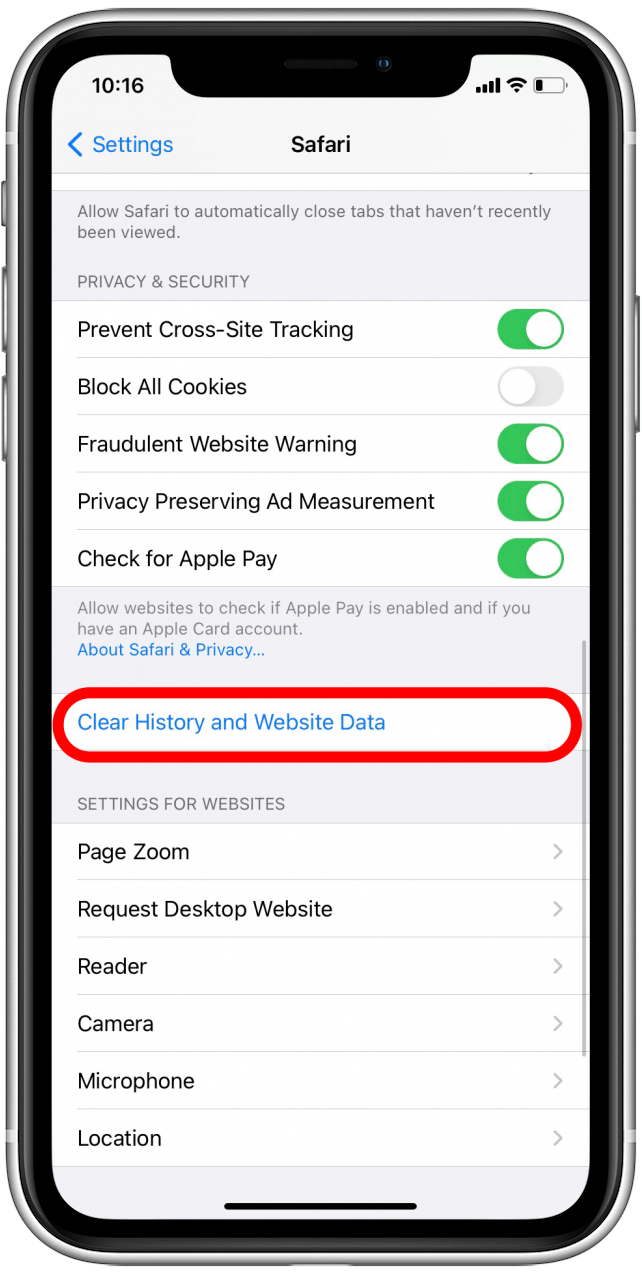
4. Turn Off Automatic Downloads & Background App Refresh
This is a trick that can speed up phone performance and improve battery life. Since both these features run in the background, turning them off means there’s less happening out of sight that could be slowing down your device. To turn them off:

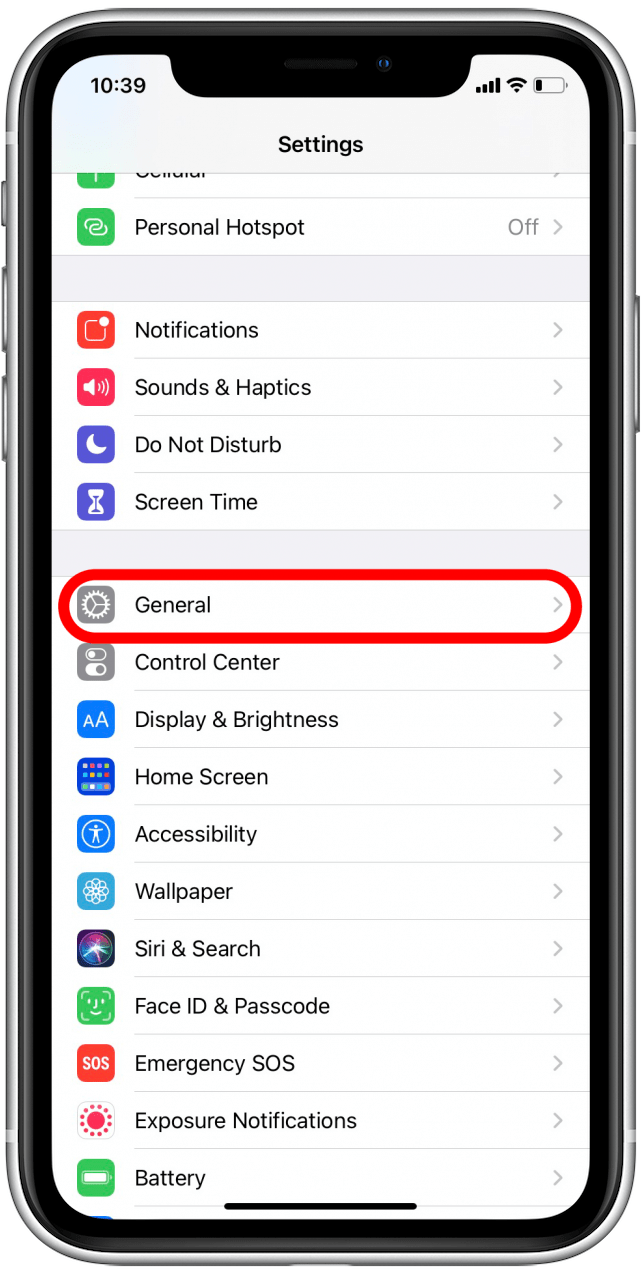
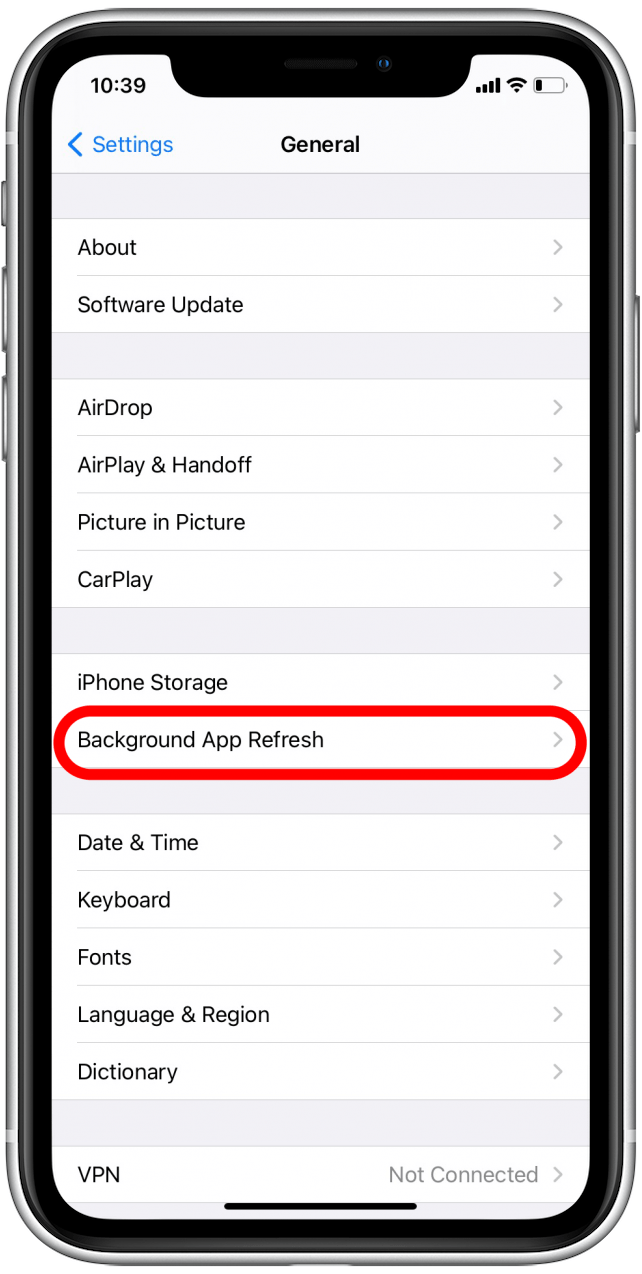
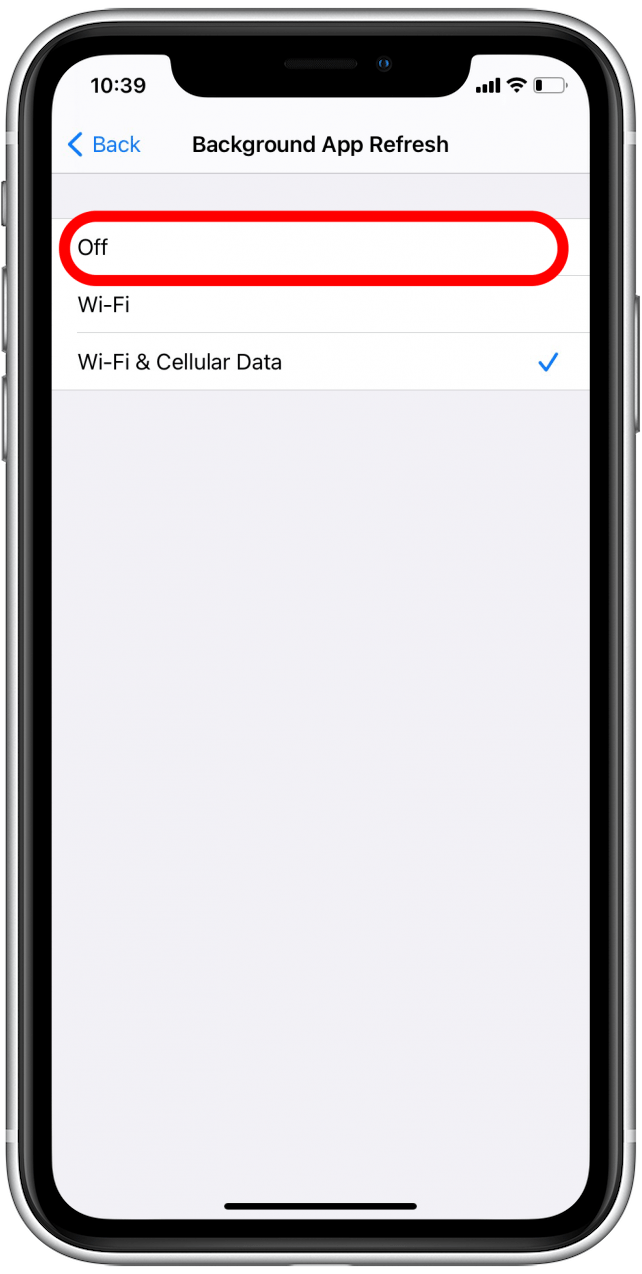
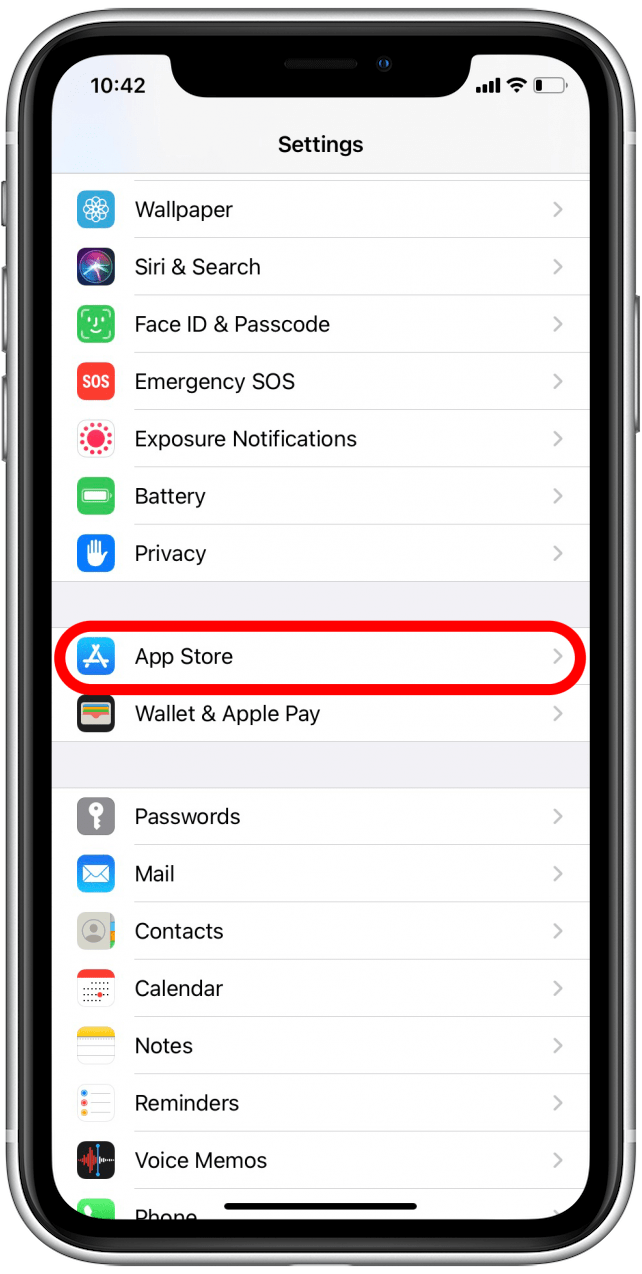
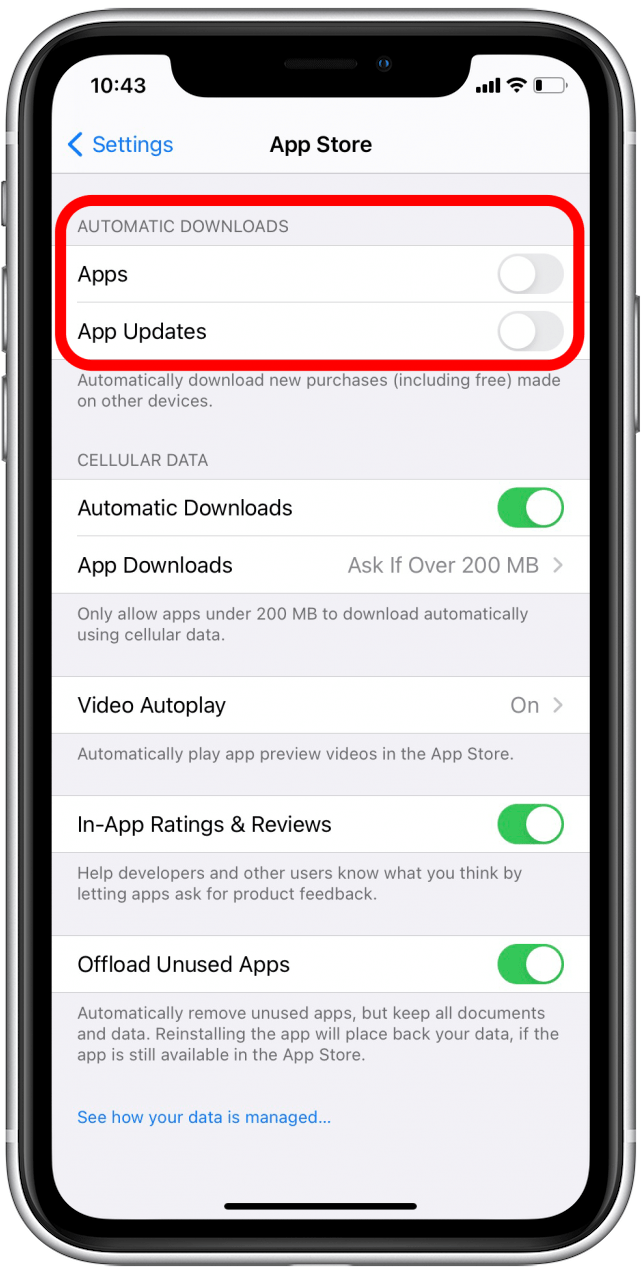
5. Delete Image-Heavy Messages & Remove Unneeded Music, Pictures & Apps
This is another trick that’s good for making your iPhone run faster. Open your Messages app and delete any you don’t need hanging around. Particularly focus on messages with lots of images, gifs, or videos as they take up the most space and memory. To do this:
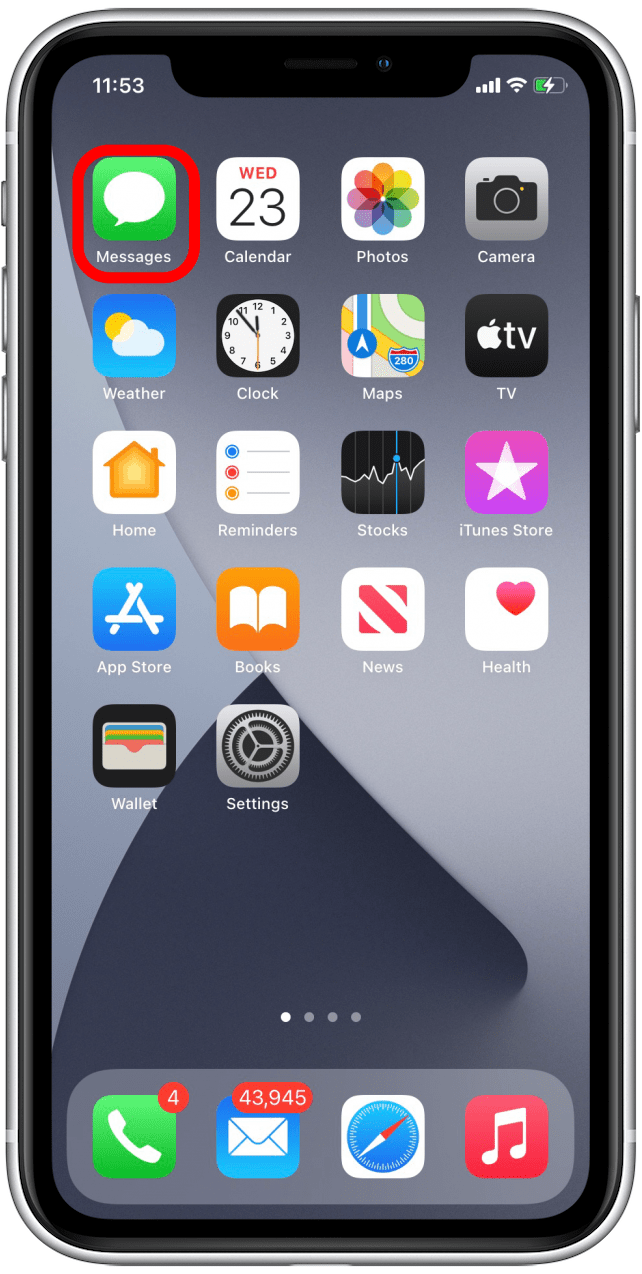
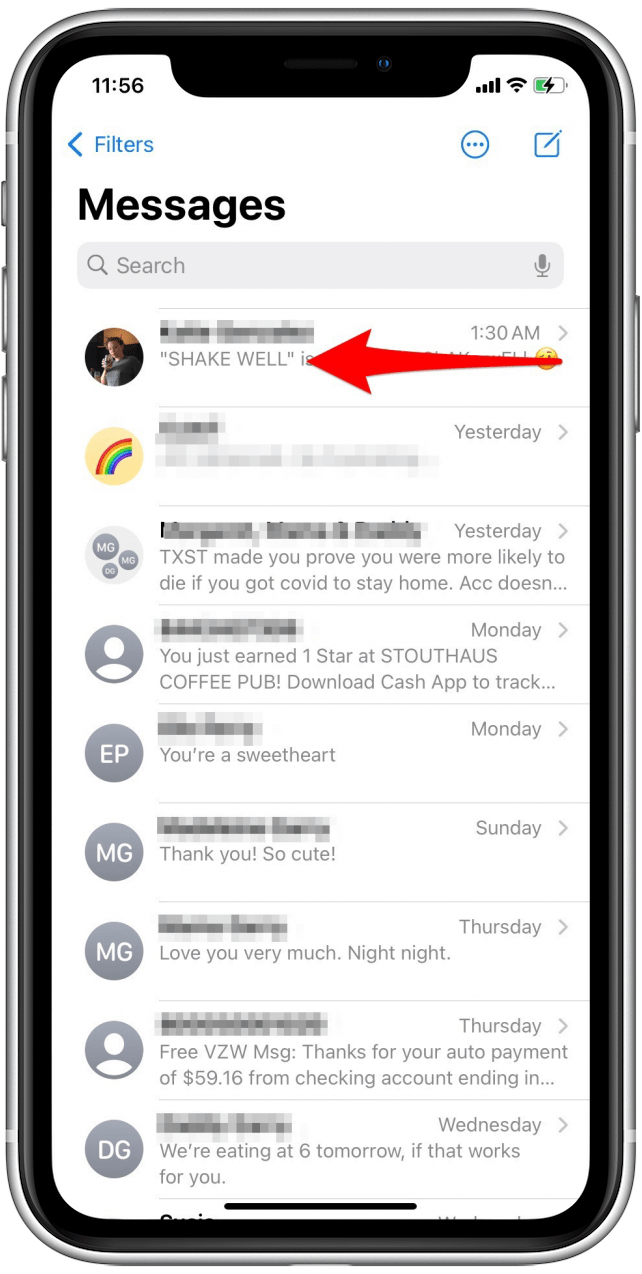
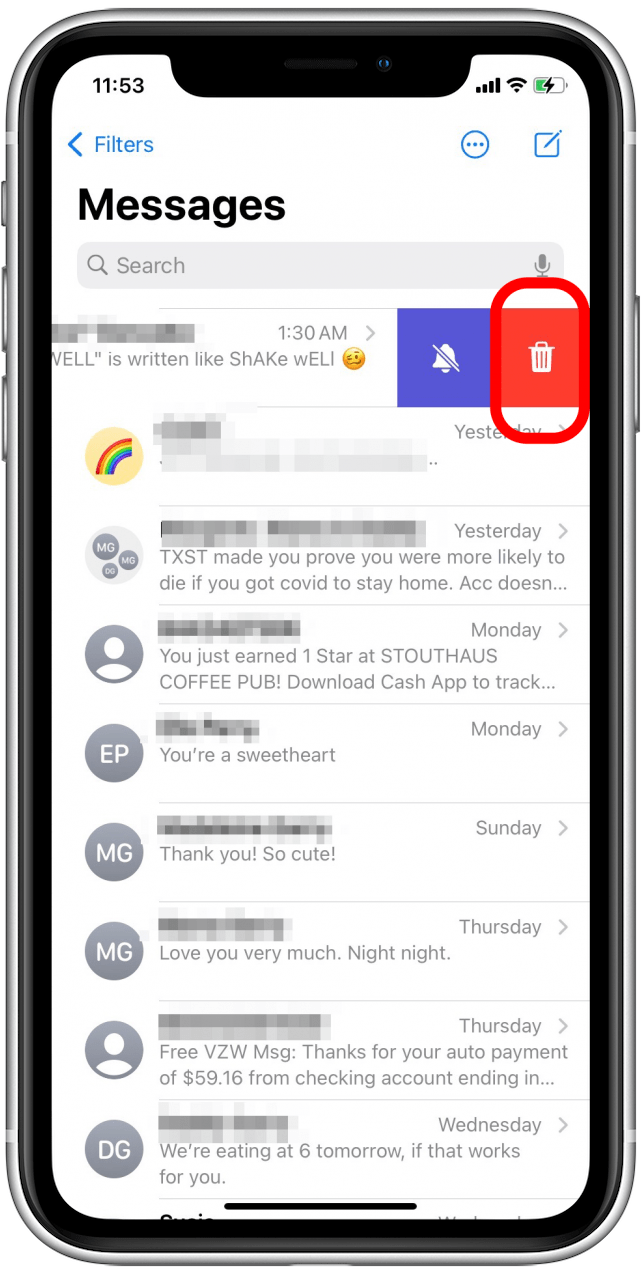
To automatically take care of this step in the future, you can choose how long messages are saved:

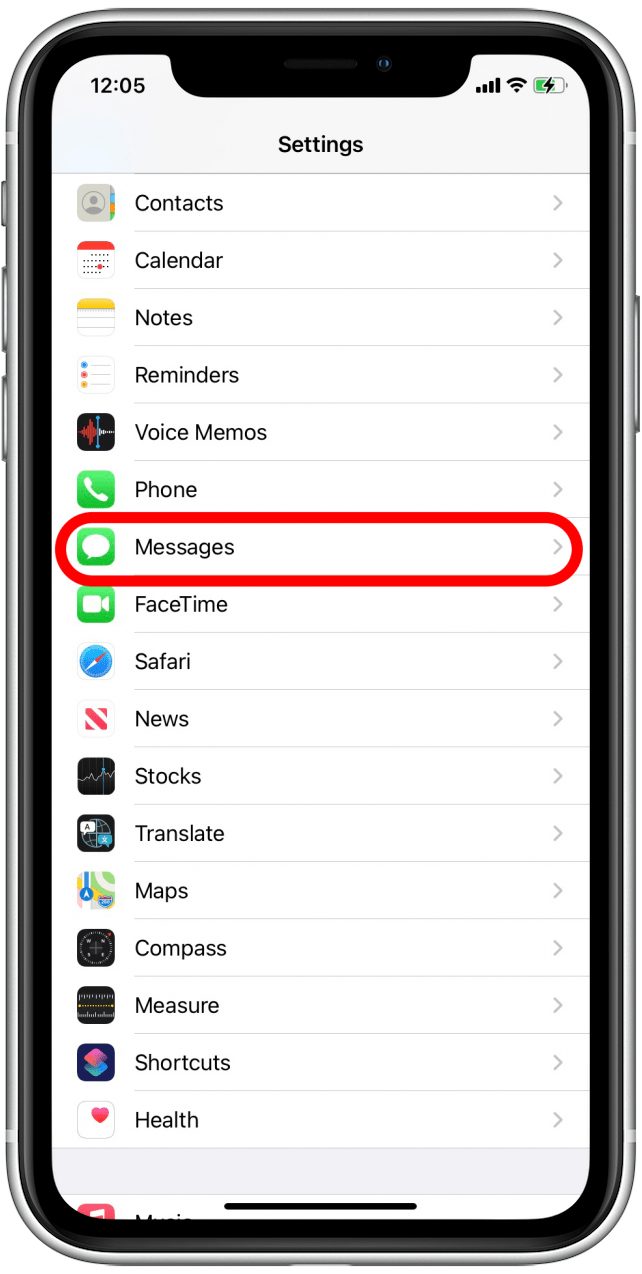
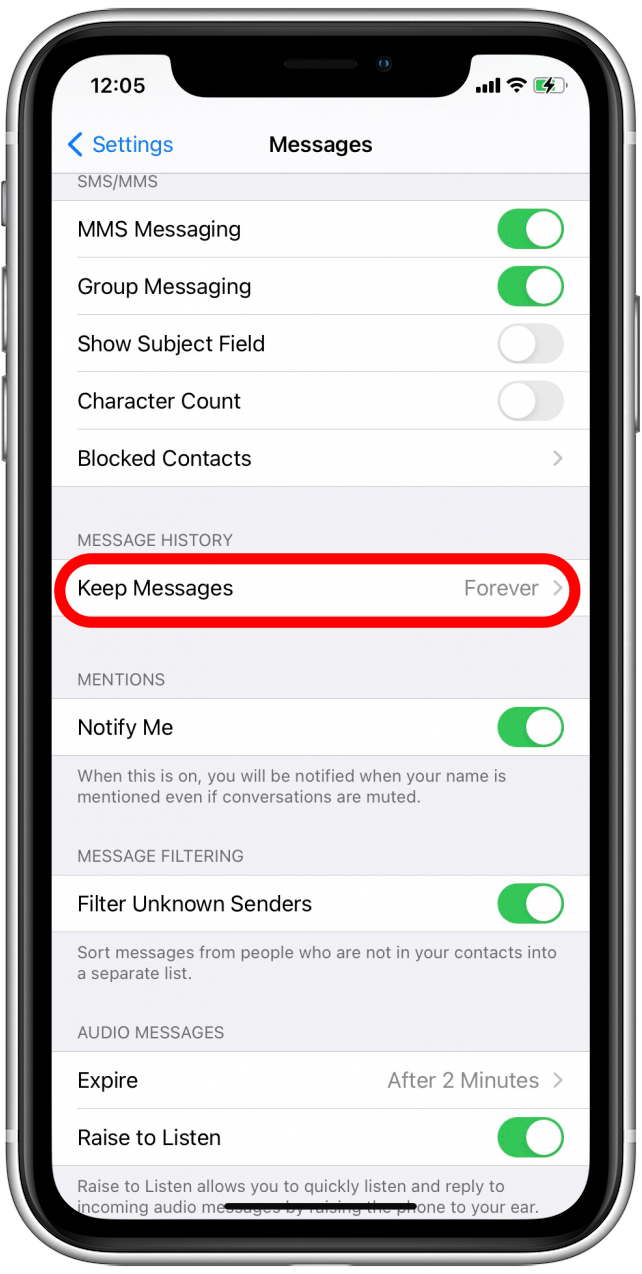
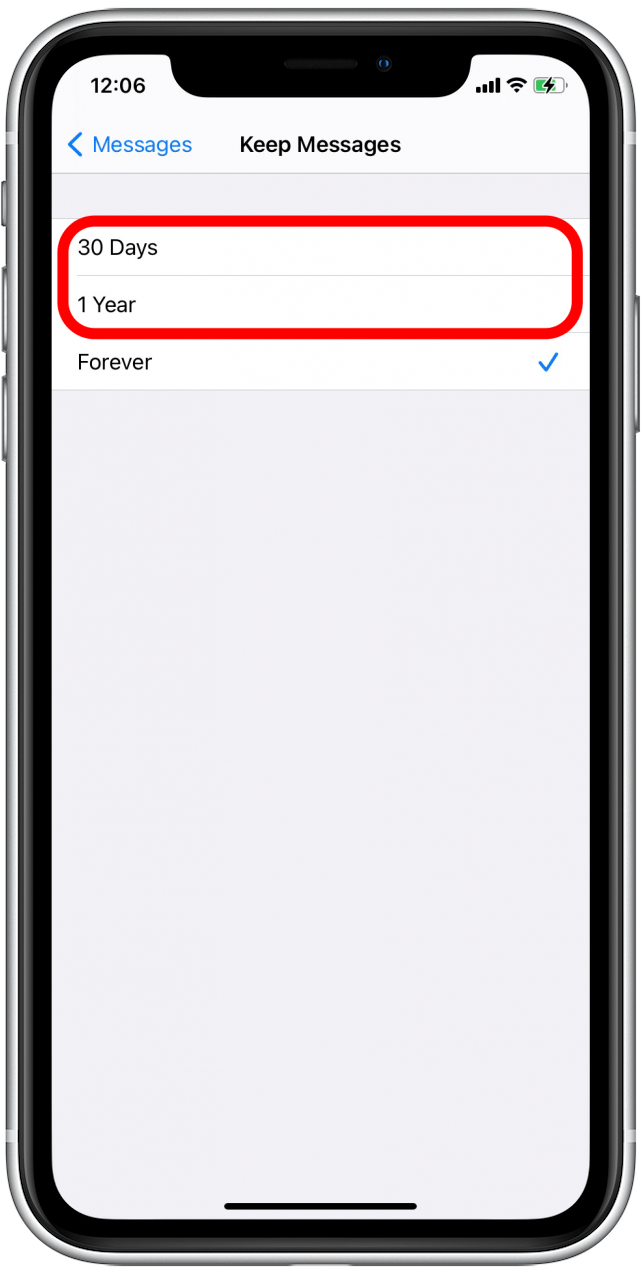
I’ve also consistently read that deleting music, pictures, and apps will help as well. You can easily manage this by opening Settings and selecting General. Then choose Storage & iCloud Usage. Under Storage, choose Manage Storage. You’ll see how much space you have available on your iPhone and how much space your apps are taking up. If an app uses a large amount of space, it’s probably using a lot of memory too. So delete any apps you don’t need. I’ve also read that deleting apps such as Spotify and Twitter and then re-downloading them helps clear their caches and instantly takes up less memory.
If it’s Music that takes up lots of space on your iPhone, you can also tap Music to manage and delete what’s taking up too much memory and storage or simply isn’t needed anymore.
If it’s Photos & Camera taking up too much, then use this article to get those photos from your iPhone to a computer and delete them afterward.
6. Enable Reduce Motion
I saved this one for last because, in my mind at least, it’s the most extreme. The iPhone does a beautiful job of seamlessly transitioning between apps with animations. But these animations take up battery life and can contribute to a slow iPhone. If you don’t mind the difference, you can easily choose to Reduce Motion in Settings.

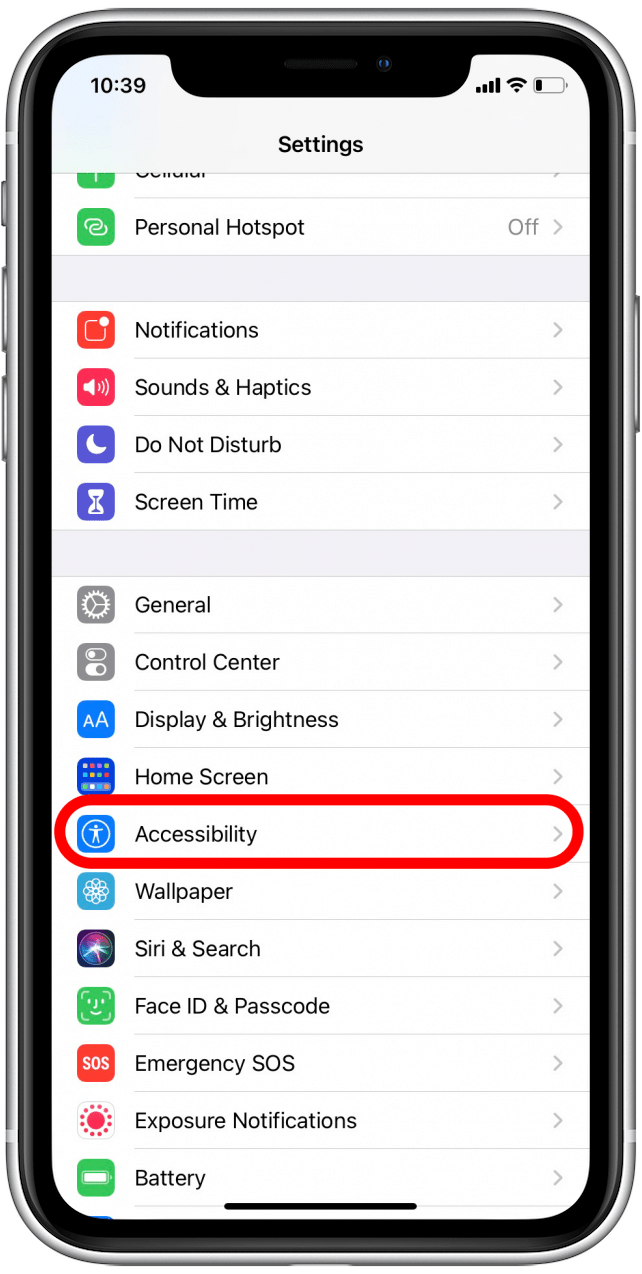
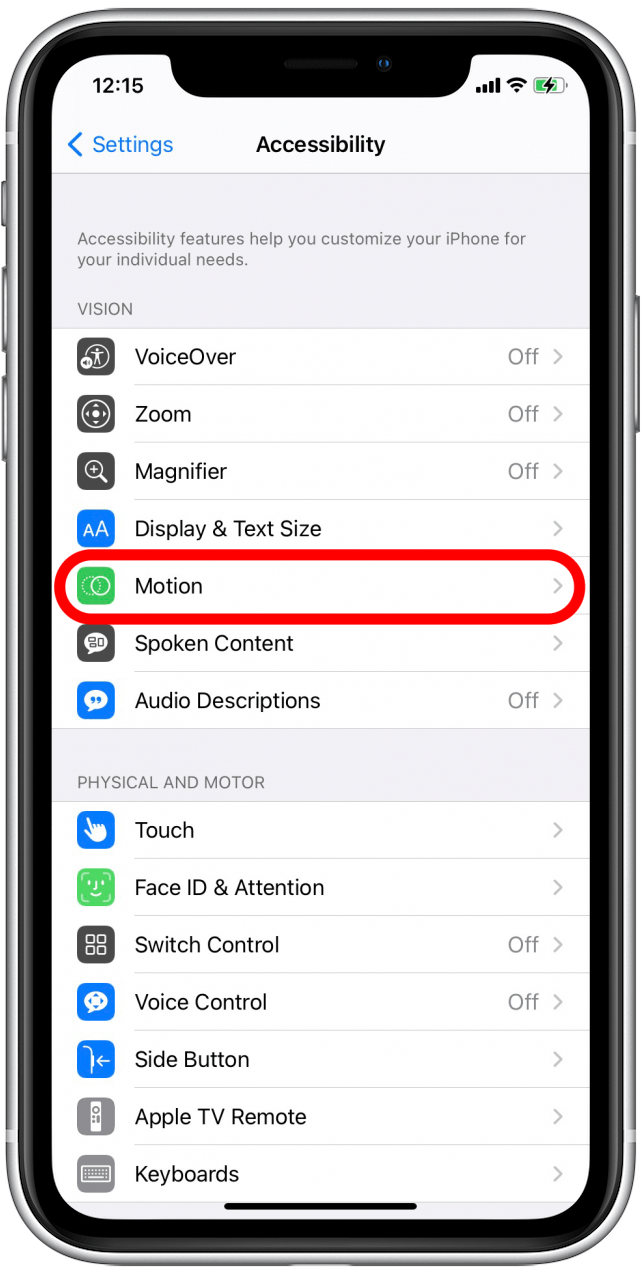
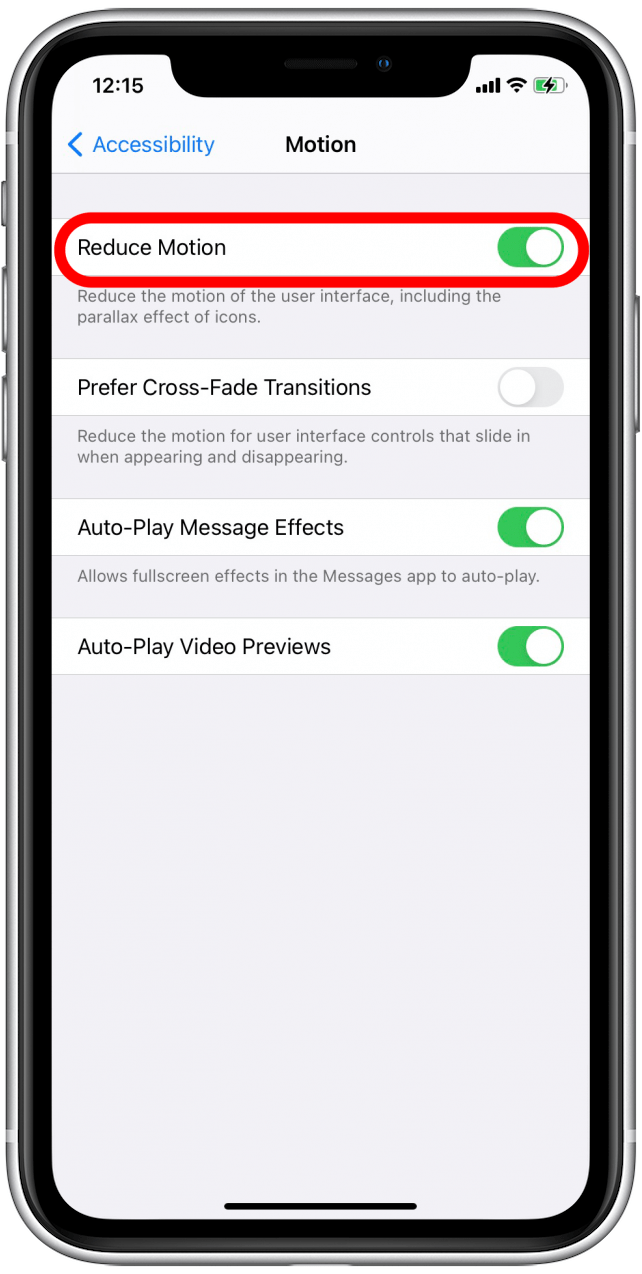
Even though this solution didn’t create any extra memory, the iPhone feels faster because no time is being spent on the animation of zooming in and out of apps. The screen just changes.
Master your iPhone in one minute a day: Sign up here to get our FREE Tip of the Day delivered right to your inbox.
What Should I Do To My iPhone When Traveling Internationally?
While you’re planning out your next major adventure into the world abroad, make sure you’re covering all your bases – especially your electronic devices. If you’ve got an iPhone, there are a few things you need to do before traveling abroad to keep yourself safe, connected, and stress free.
It’s easy to take smartphones for granted, but international travel exposes them to certain risks, not the least of which include unauthorized access to your data and unpleasantly large bills when you return.
Adventures can be full of surprises. Here’s what you should do to your iPhone when traveling internationally to make sure they’re the right kind.

6 things to do with your iPhone before traveling internationally
If you’re planning a vacation or trip abroad, you probably aren’t thinking twice about bringing your iPhone along. While super convenient, your iPhone needs a few preparations just like you. Here are our six best recommendations for what you should do to your iPhone before traveling abroad.
1. Make sure your iPhone is unlocked
Carriers lock smartphones to keep people with their service, but that’s ultra-inconvenient if you’re traveling abroad because it prevents you from accessing local SIM cards or even eSIM services. If your phone is locked, you’ll find yourself either restricted to WiFi usage or subject to the less-than-competitive international roaming rates that many carriers charge while abroad (assuming that coverage exists where you’ll be).
If your iPhone is currently locked, Apple recommends that you contact your carrier to have them unlock it. Often, explaining that you’ll be traveling abroad and need to get a local phone number should be enough. However, if they refuse, plenty of third-party options exist.
2. Familiarize yourself with WiFi-based services
WiFi-based services are one option to consider if you’re traveling in an area where you expect to have accessible WiFi. Instead of using data, these services let your iPhone perform its functions over the internet. For the iPhone, consider:
- Native Apple apps: Several built-in WiFi-based apps exist on your iPhone already. iMessage lets you send texts via WiFi (to other iPhones only). FaceTime lets you make both audio and video calls over a network.
- Facebook Messenger: The Messenger app stands alone from Facebook – you can use it even if your Facebook account isn’t active.
- WhatsApp, Telegram, or Line: Securely send texts or make phone calls from these popular apps.
Even if you do get a local SIM card or an eSIM data plan, they can help you minimize your data usage so that you get the most mileage from your plan.
3. Turn off data roaming before you go
Always turn off your data roaming to prevent your iPhone from connecting with partner networks abroad – that’s how you end up with a massive bill. You may also want to turn off cellular data entirely while you’re in transit to prevent your phone from accessing all networks to be extra safe. (You’ll need it with an eSIM data plan, however.)
To turn off data roaming, go to Settings, then Cellular, then Data Roaming. There’s an option to turn it off. Under Cellular, you’ll also see an option for Cellular Data. You can turn that off, too.
4. Get an eSIM data plan
An eSIM data plan lets you access local data at local prices directly from your phone. You can purchase these ahead of time and simply activate one when you arrive at your destination. It won’t give you a local number (you’ll need either Dual SIM capabilities or one of the above texting or calling apps), but you’ll have a fully functional phone that avoids expensive data roaming packages.
We’ve covered eSIM data plans in-depth right here.
5. Reset your usage statistics
It’s a good idea to keep an eye on your data usage while you’re traveling since how it’s measured might differ. You’ll also be able to spot apps that eat up data quickly and take steps to prevent that from continuing.
To reset your data usage statistics on an iPhone, first go to Settings, then Cellular, and finally Reset Statistics. That will give you a clear view of your data usage while you travel.
6. Update your multi-factor authentication steps
Two-step, or multi-factor authentication, is an important security practice that helps keep your accounts safe from thieves. Most 2FA is text-based, meaning you’ll get a text with a secret code to prove your identity. However, if you don’t have phone service abroad, you may find yourself locked out of your email or bank account at a critical moment.
Avoid this by updating your 2FA logins to be accessible to you as much as possible. Some ideas include:
- Using a backup email if you’re able.
- Getting a Google Voice number or temporarily porting your phone number to Google.
- Switching to an app-based authenticator, such as Google Authenticator or LastPass Authenticator.
Save time, money, and stress by preparing ahead of time
You’ve planned out your itinerary, expenses, and experiences meticulously. Do the same with your iPhone. From making sure you can take advantage of local SIM cards and eSIM data plans to updating your security steps, there are at least a few things you should do with your iPhone before traveling internationally.
Most of all, make sure you have a plan to stay connected the next time you travel. With an Airalo eSIM, getting mobile data is quick, easy, and stress-free.
Check out the mobile data plans available at your next destination right here.
Source https://www.eurocheapo.com/blog/iphone-in-europe-tips-for-avoiding-a-billing-surprise.html
Source https://www.iphonelife.com/content/7-little-known-tricks-to-make-your-iphone-faster
Source https://www.airalo.com/blog/what-should-i-do-to-my-iphone-when-traveling-internationally